Multi Jet Fusion 3D Printing, invented by HP, is one of the new additive manufacturing choices to create high quality parts in recent years, it becomes popular in various industries.
Multi Jet Fusion, also known as MJF 3D Printing, has quickly become the major method of additive manufacturing although it is relatively new in 3D Printing family. Sometimes it is also called HP Multi Jet Fusion, because HP invented this technology and the MJF printer can only print parts successfully with limited materials. But this is not the reason that industries don't choose MJF. Conversely, MJF is applied in a wide range of industries as it can produce high quality parts effectively. To understand Multi Jet Fusion comprehensively and to see if the technique is suitable for you, we will discover more about MJF in this article, including the MJF theory, material, pros, cons, etc.

Image Source: HP
Multi Jet Fusion, first introduced in the market by HP in 2016, belongs to powder bed fusion 3D Printing. The development of MJF 3D Printing benefited from HP investment on inkjet printing, jettable materials, imaging, etc. Similar as SLS 3D Printing, MJF Printing fuses nylon powders layer by layer to create solid objects. However, MJF is a process that deposit both fusing and detailing agents onto the powder bed by inkjet heads, then fusing the materials by infrared heating unit into a solid layer until the object is formed. Simply, you can understand the technique utilizes multiple inkjet heads to carry out the printing process, while material recoating, agent distribution, and heating processes are performed by separate arrays of heads that move back and forth the print bed.
MJF is capable of producing high precision products with complex geometries at a high speed. Featuring with high tensile strength, fine feature resolution, and good mechanical properties, MJF parts can be applied as functional and end-use parts and suitable for many industrial applications.

Image Source: PROTOLABS
In short, MJF 3D Printing deposits fusing and detailing agents on powder bed and utilizes an inkjet array to fuse the materials together layer by layer until the solid object is built entirely. Let’s separate the whole object building process by MJF step by step.
Printing Process:
First, it is the printing process by MJF printer. To understand how the process works, there are four major parts in the printer: inkjet head, infrared heating unit, recoater, and printing bed.
1. The recoater lays down a thin layer of powder material on the printing bed.
2. The material are preheated to a specific temperature to ensure material consistency and optimized mechanical properties.
3. The inkjet head moves across the powder bed and deposits both fusing and detailing agents onto it.
4. The infrared heating unit runs across the printing bed to melt and fuse the materials together.
5. The printing moves downward as the layer is finished, and the process keeps repeating until the whole solid object is printed completely.
Cooling:
As the whole printing process is to melt and fuse the materials together, the printer remains at a high temperature even when the printing is complete. The build chamber needs cool down before moving to next step.
Unpacking:
Once the build chamber has cooled down, moving it the unpacking station to clean the printed parts and recycle the unprinted powder.
Post-processing:
Even clean the unprinted powder on the unpacking station, there will be residual powder material on the MJF prints which can be removed through bead blasting, air lasting, or water blasting. There are multiple choices after cleaning the residual powder, such as dyeing, mating surfaces, threading, tapping, and grinding, etc.

Image Source: HP
Sometimes we call the technology HP MJF, for one reason is that it is invented by HP, and another is that MJF materials are limited and only compatible with materials developed by HP. The most common material option of Multi Jet Fusion is Nylon PA 12 powders. Initially, it was the only material that compatible with MJF printer. However, there are more available materials developed as MJF has expanded its market. There are two main types of powder used with MJF, rigid plastics and flexible plastics. Nylon PA 11 and Nylon PA 12 belong to rigid plastics. While Estane 3D TPU M95A belongs to flexible plastics. And there is the list of available materials can be printed with MJF:
High Reusability (HR) PA 12 Nylon
HR PA 12 Glass Bead (GB)
HR PA 11
Estane 3D TPU – M95A from Lubrizol
Ultrastint TPU01 from BASF/Forward AM
TPA from Evonik/HP
Vestosint 3D Z2773 PA 12 from Evonik/HP

Image Source: HP & NACAR
Pros
Multi Jet Fusion 3D Printing is highly suitable for building strong parts with complex geometries and creating functional parts. Compared with SLS, MJF produces stronger part at a faster speed. And we list the advantages of MJF as following for your reference:
1. Create parts with high strength, high tensile, and good mechanical properties.
2. Efficient and productive.
3. High precision.
4. No need for support structure.
5. Chemical resistance.
6. High-quality and good surface finish.
7. Warping rarely happens.
8. Being able to create colored parts.
9. Low material cost as residual powder can be recycled.
Cons
However, before choosing MJF Printing as your final solution, please consider the disadvantages as well.
1. MJF printers are expensive.
2. Unable to create hollow parts as the powder inside cannot be removed.
3. Final parts color is blotchy grey if not dyeing the parts.
4. Material choice is limited.
5. Small parts might be lost in post-processing.

Image Source: League of Women Voters ® of Greater Los Angeles
It has mentioned above that buying a MJF printer would be a large investment, so online MJF 3D Printing service is totally worth considering. Wenext offers Multi Jet Fusion printing service with short lead time. Customers can upload STL file on our instant quoting engine, gaining price and lead time information quickly and efficiently. After receiving files, our customer success manager will be in touch shortly, and check carefully if the file is printable. We are dedicated to provide the best-in-class services at any time and deliver high quality parts on time.
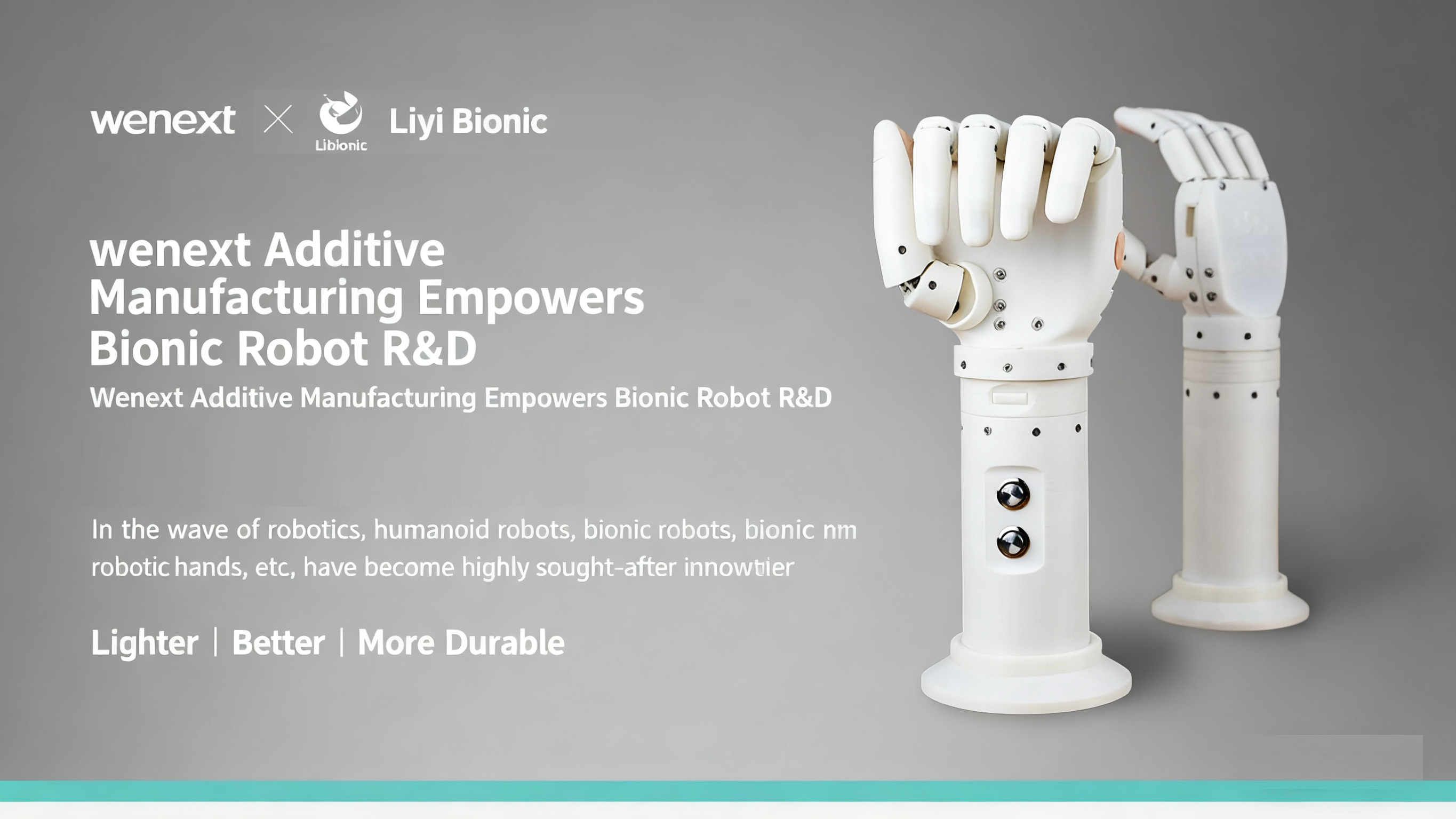
Wenext and Liyi Bionics join hands and, with 3D printing technology as the core manufacturing approach, create a completely new paradigm for the research, development, and mass production of mechanical bionic hands.
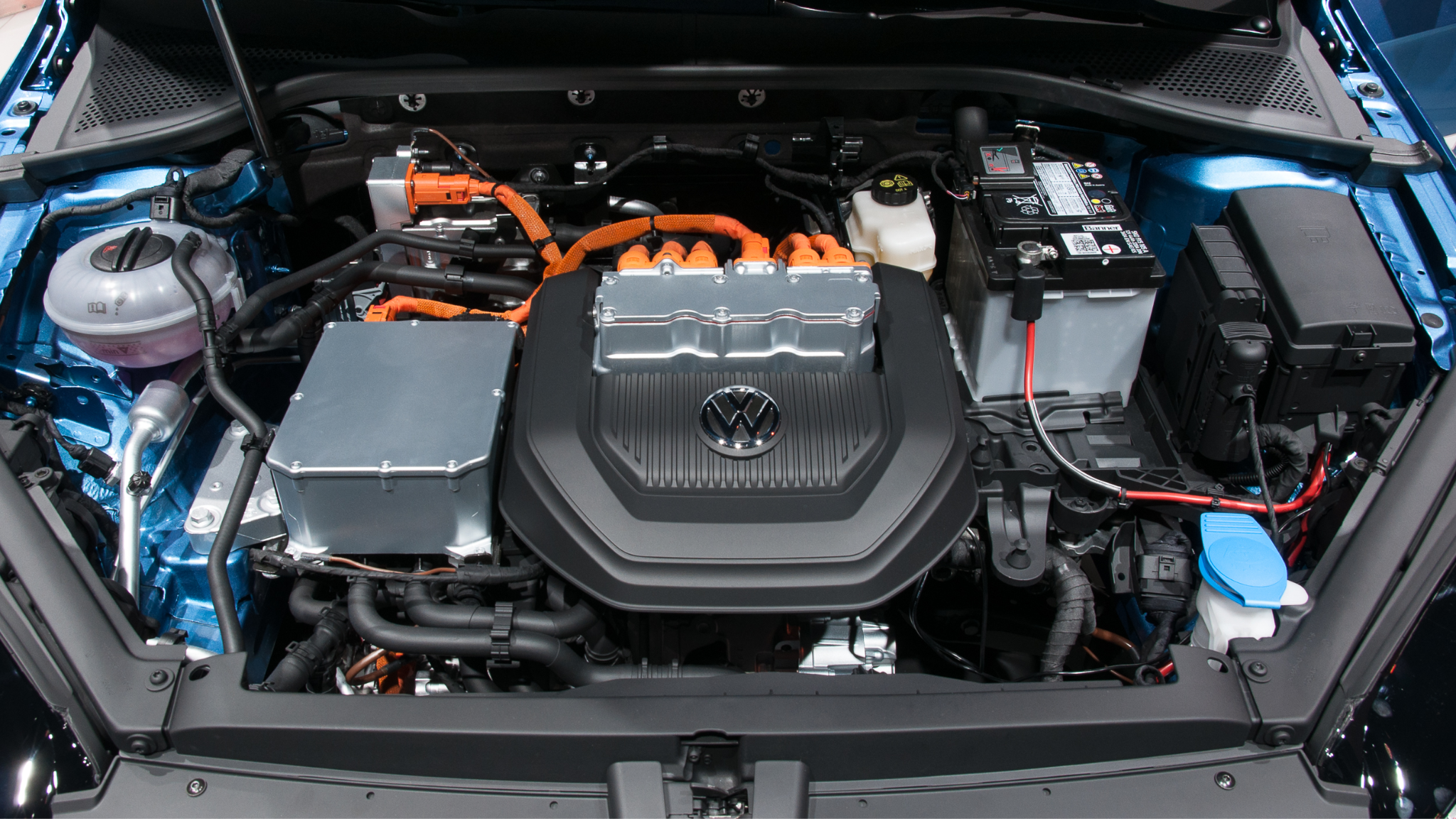
The integration of 3D printing has not only sped up the design process but also introduced unprecedented flexibility and innovation into the automotive industry
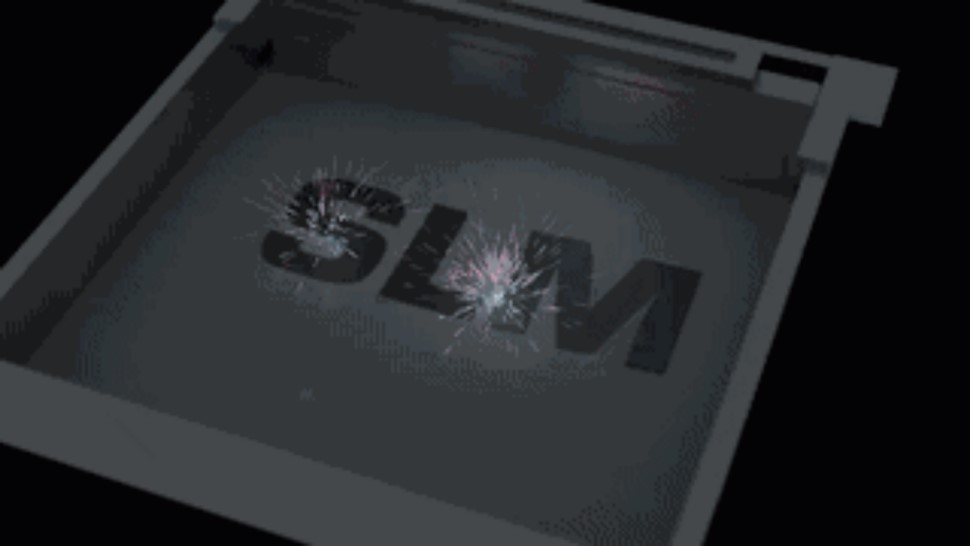
With its unique advantages, SLM metal 3D printing has emerged as a solution for manufacturing intricate metal structural components.
New materials and new technology make 3D Printing silicone possible now! Discover more in this article!

Wenext and Liyi Bionics join hands and, with 3D printing technology as the core manufacturing approach, create a completely new paradigm for the research, development, and mass production of mechanical bionic hands.

The integration of 3D printing has not only sped up the design process but also introduced unprecedented flexibility and innovation into the automotive industry

With its unique advantages, SLM metal 3D printing has emerged as a solution for manufacturing intricate metal structural components.
New materials and new technology make 3D Printing silicone possible now! Discover more in this article!

See what toys you can 3D print for your cats, check out the best 3D printed cat toys of 2023 here.
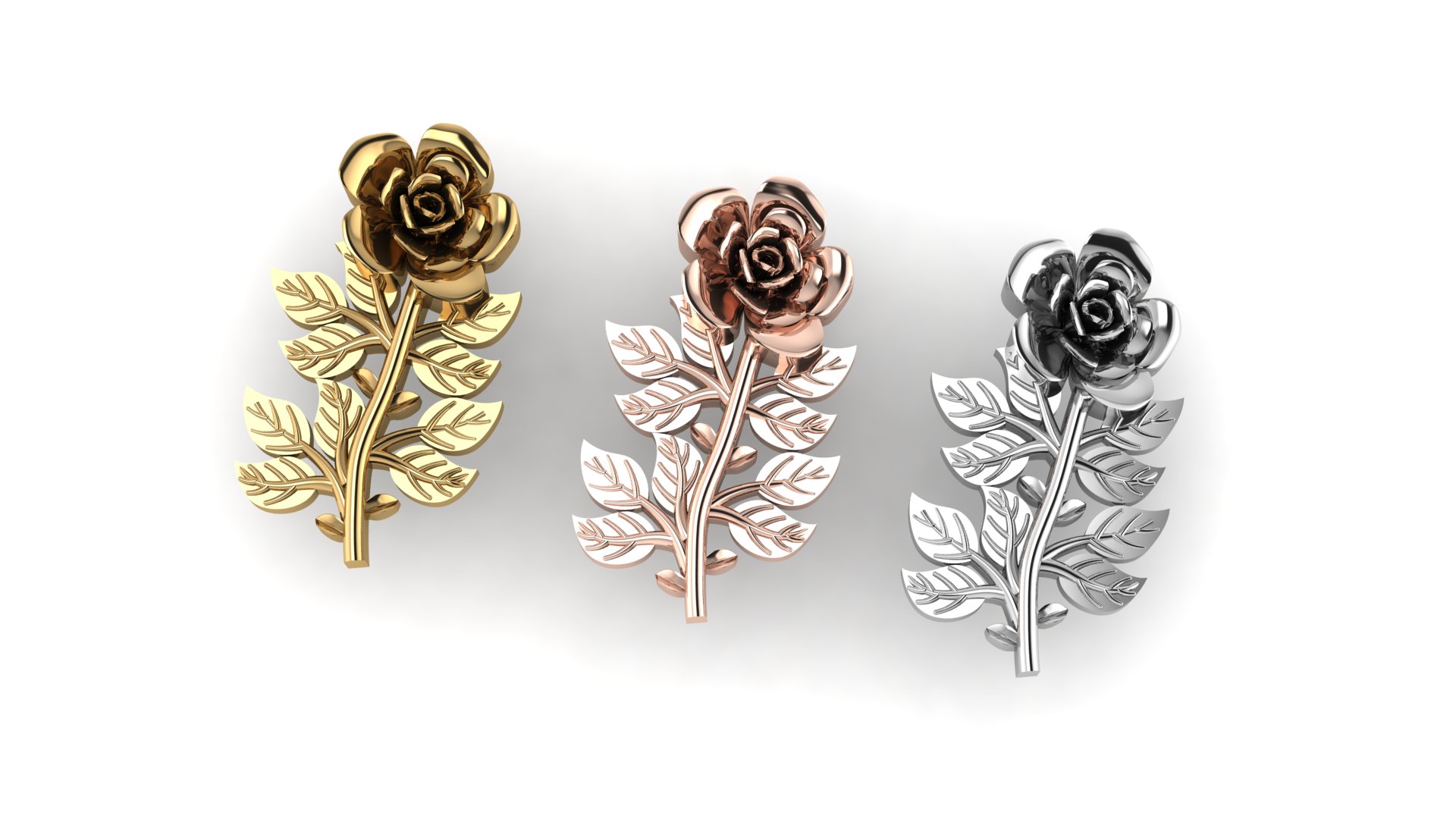
Want to make 3D printed jewelry for yourself or gain inspirations from jewelry 3D models? Check these jewelry STL files out!
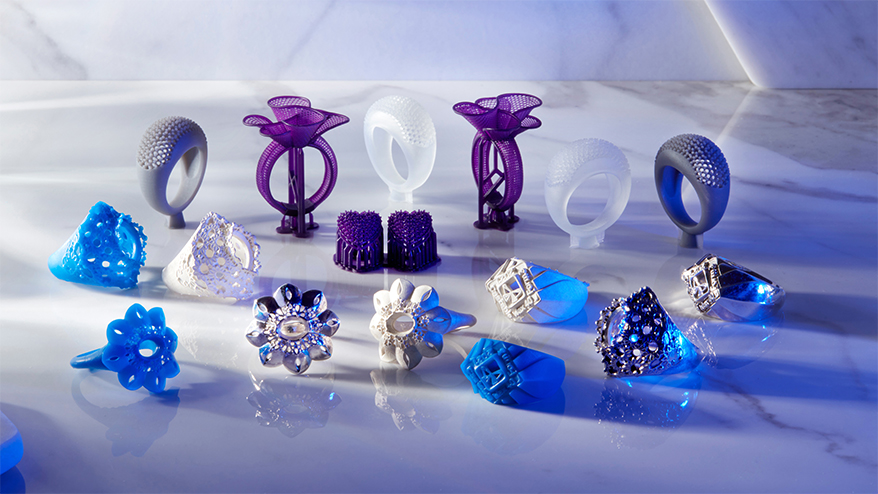
Whether you own a jewelry business or not, additive manufacturing play an important in nowadays jewelry industry. Check out reasons to choose 3D printed jewelry in this article!
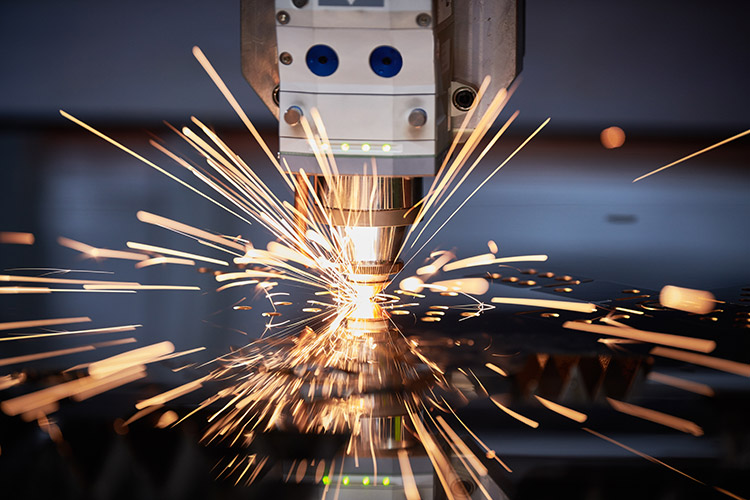
In this article, we’ll learn about CNC laser cutting to help you choose the right manufacturing service.
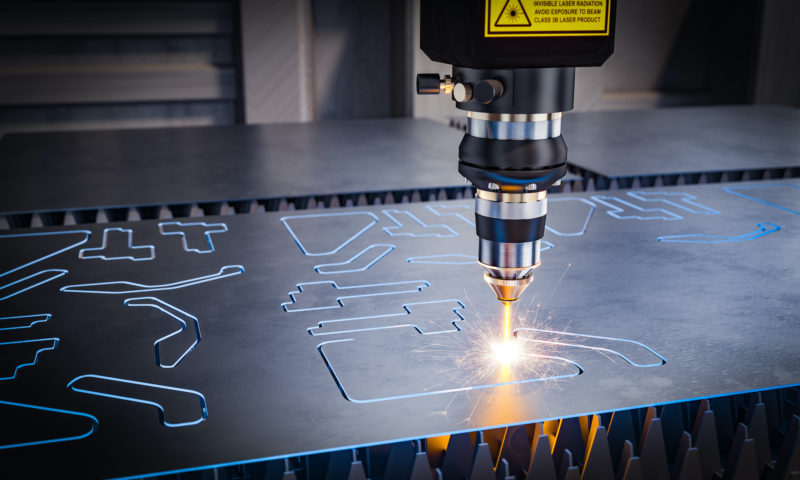
CNC machining has two types, CNC milling and CNC turning, and we will introduce three types of CNC milling machines in this article.
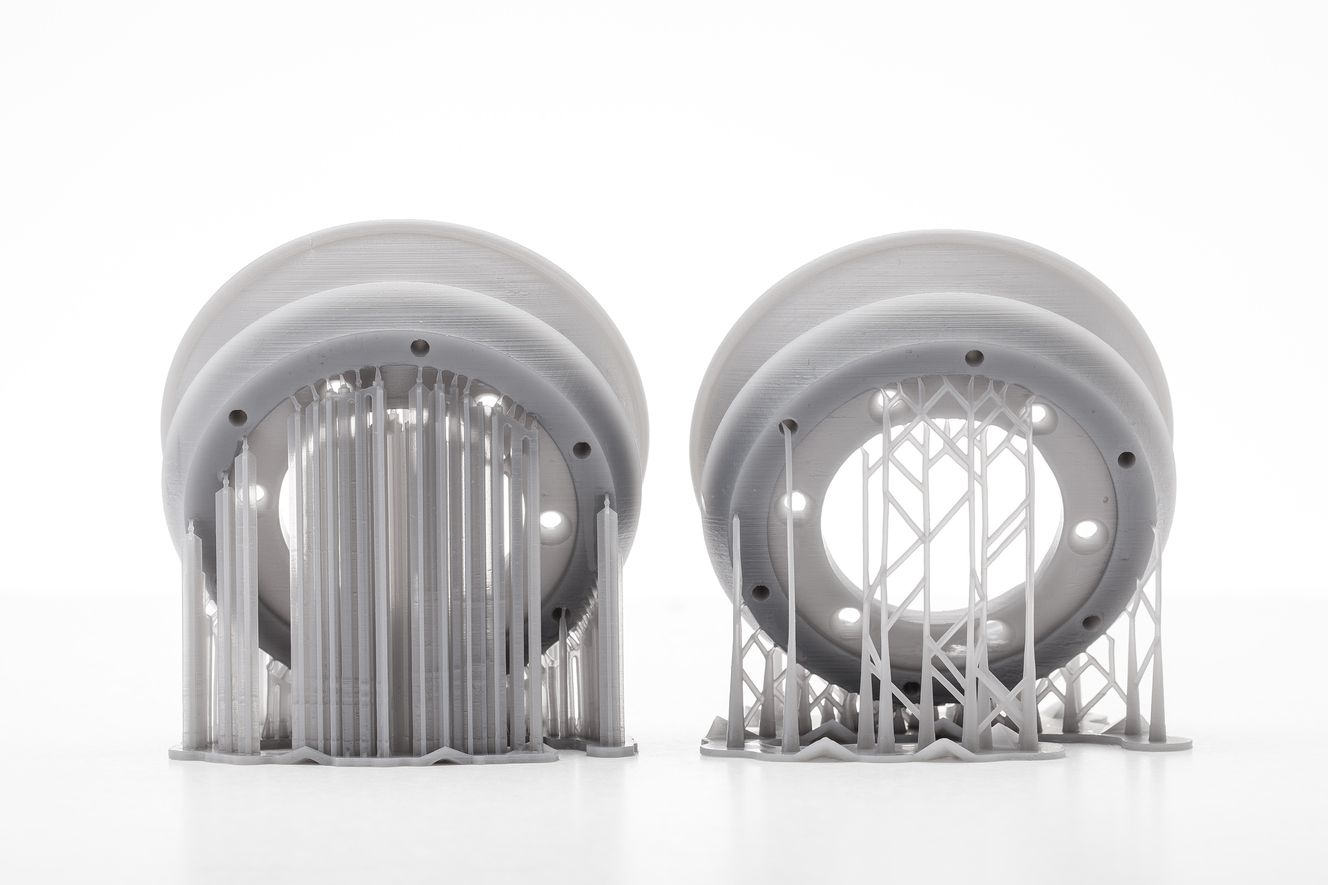
Here is the ultimate guide of 3D Printing support structures, learn more and eliminate warping in every printing experience!
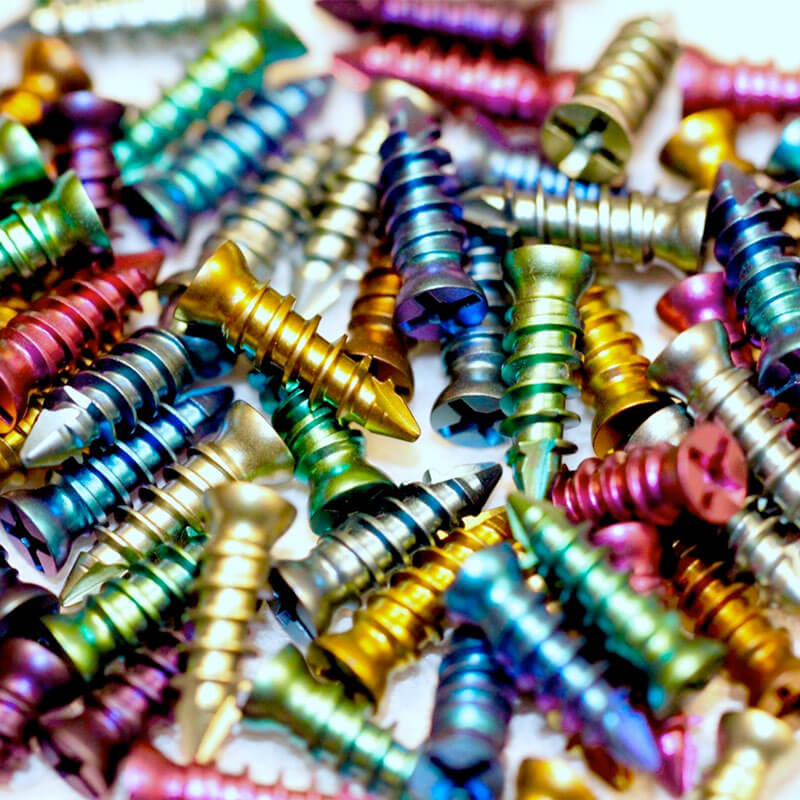
Check out what is titanium anodizing and how to anodize titanium.
.png)
We have listed ten excellent 3D modeling apps for you. Some are android modeling apps; others are iOS 3D modeling apps.

©2019-2025 WeNext Technology Co., Ltd. All Rights Reserved.
This website uses cookies for better personalized services. By using our websites, you agree to this use. Privacy Policy
We use cookies to improve your experience, check out Privacy Policy.